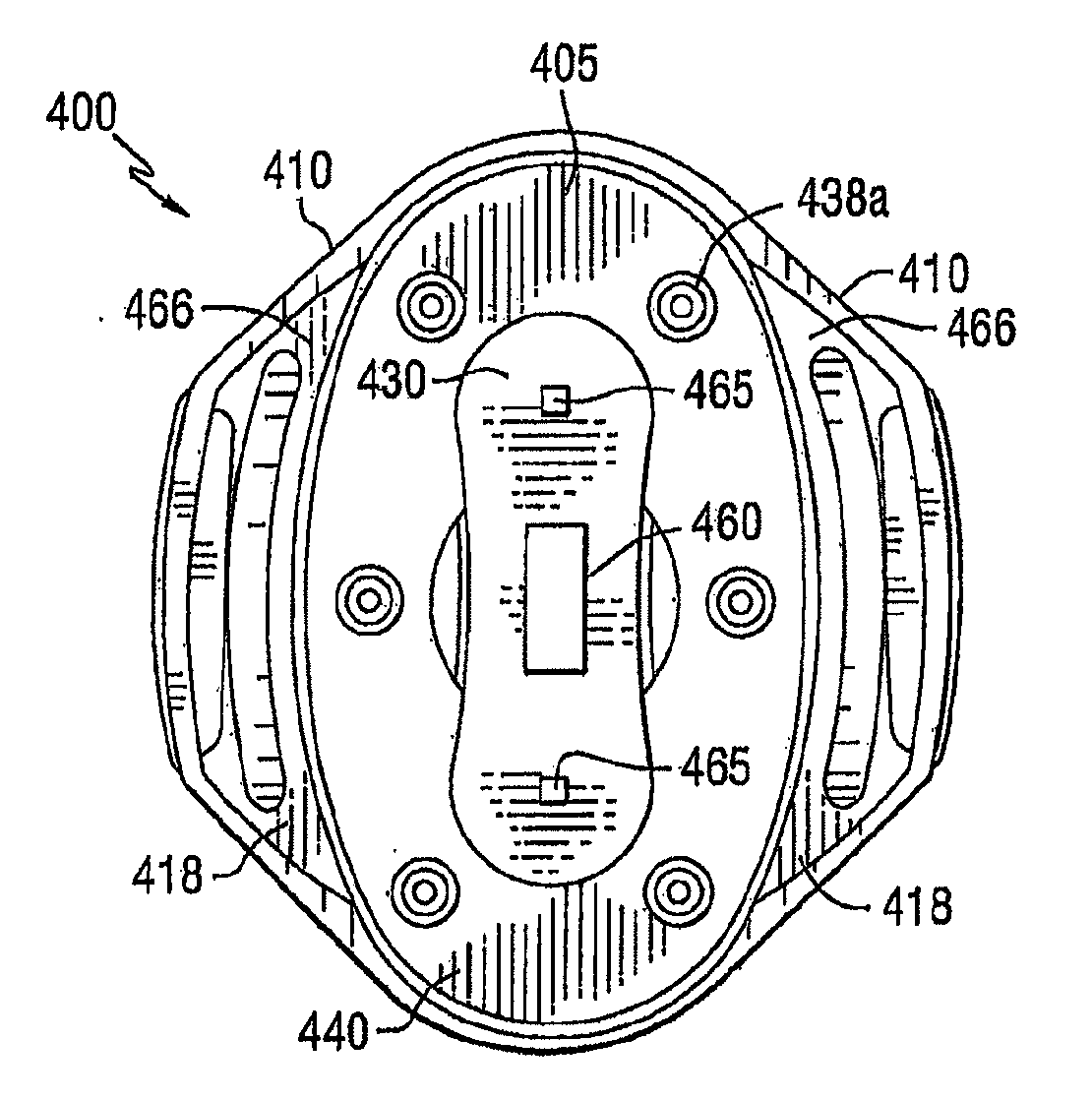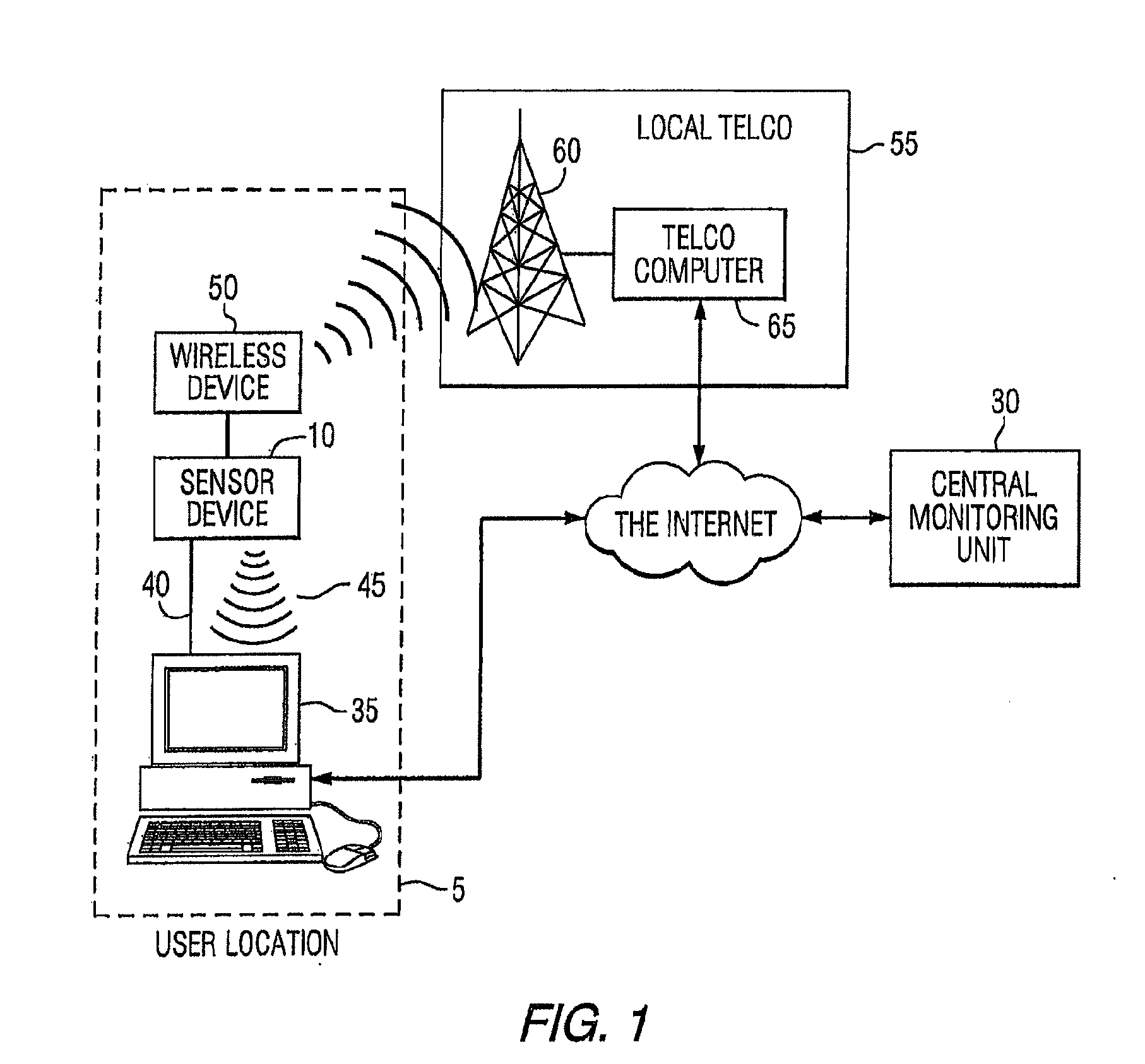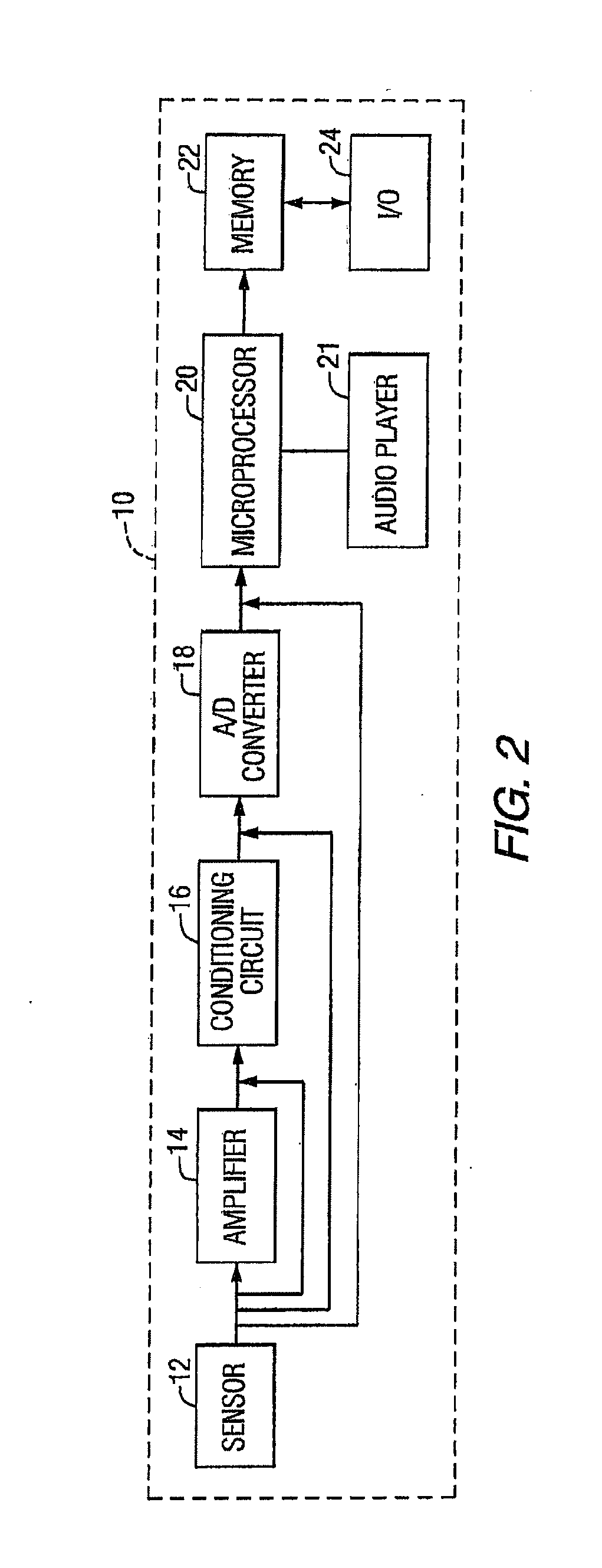Method and apparatus for determining heart rate variability using wavelet transformation
a wavelet transformation and heart rate technology, applied in the field of advanced signal processing methods, can solve the problems of lack of appropriate surgical attention, time-consuming and expensive computational devices, and inability to detect p and t waves
- Summary
- Abstract
- Description
- Claims
- Application Information
AI Technical Summary
Benefits of technology
Problems solved by technology
Method used
Image
Examples
example 1
A. Data Specification
[0292]In this study, 53 cases belonging to the Lower Body Negative Pressure (LBNP) database were used. One purpose of (LBNP) chambers is to simulate the transition from micro-gravity to Earth-gravity. Physiological tests are conducted to assess stresses upon the cardiovascular system during these simulations. In general, the internal negative air pressure of LBNP chambers is controlled with a proportional control system using only air-pressure as input. In each test, the case experienced multi-stages air pressure where in each stage, the level of negative air pressure is increased for 5 minutes, and the ECG signal is sampled at 500 Hz. Table 6 shows the LBNP protocol for each stage.
TABLE 6LBNP PROTOCOL WHEN MEASURING THE BCG SIGNALLBNP protocolStageTime0mmHgBaseline5 Min−15mmHgStage 15 Min−30mmHgStage 25 Min−45mmHgStage 35 Min−60mmHgStage 45 Min−70mmHgStage 55 Min−80mmHgStage 65 Min−90mmHgStage 75 Min−100mmHgRecovery5 Min
B. Preprocessing
[0293]As FIG. 40 shows, t...
example 2
A. Dataset and Experiment Procedure
[0322]The dataset comprises fifty-nine subjects, including forty-six LBNP subjects and thirteen exercise subjects. LBNP testing is done using a chamber in which the subject is exposed to varying levels of negative pressure. All measures are either continuously monitored or semi-continuously monitored at regular intervals. Table 10 represents detail dataset information containing LBNP and exercise subjects as well as monitoring timeframe for LBNP protocol. Cardiovascular collapse is defined for LBNP as the stage the protocol was terminated dues to physical or physiologic signs or symptoms of distress. Collapse state for exercise was defined as the stage of exercise resulting in a matched heart rate from the same subject who also underwent LBNP study. Recovery stage indicates removing the negative pressure from the subjects. The exercise protocol comprised: 5 minutes baseline followed by 5 minute levels of exercise at gradually increasing workloads. ...
example 3
[0356]Two studies were performed:
Study 1: Comparison of LBNP vs. Exercise:
[0357]A repeated ANOVA analysis is performed with Turkey post-hoc tests to compare the HRV response over 4 stages (baseline until stages 4) of LBNP and exercise subjects.
Study 2: Classification of LBNP Stages
[0358]The general task of classification is to predict the specific LBNP stage for any given input ECG based on the study of training examples. Also, Arterial Blood Pressure and impedance signals are added to ECG for classification. The aim of using ML algorithms is to generate a simple classification function which is easy to understand. Thus, three machine learning algorithms are used: SVM, AdaBoost, and C4.5.
[0359]For each study, a total of forty-five features are extracted, thirty-six features for DWT (db 32) and DWT (db4), seven for PSD, and two features for Higuchi FD. In Study 1, ANOV A analysis is performed using the cardiovascular response over 3 stages (baseline plus 3 stages) of LBNP with 4 stag...
PUM
 Login to View More
Login to View More Abstract
Description
Claims
Application Information
 Login to View More
Login to View More - R&D
- Intellectual Property
- Life Sciences
- Materials
- Tech Scout
- Unparalleled Data Quality
- Higher Quality Content
- 60% Fewer Hallucinations
Browse by: Latest US Patents, China's latest patents, Technical Efficacy Thesaurus, Application Domain, Technology Topic, Popular Technical Reports.
© 2025 PatSnap. All rights reserved.Legal|Privacy policy|Modern Slavery Act Transparency Statement|Sitemap|About US| Contact US: help@patsnap.com



